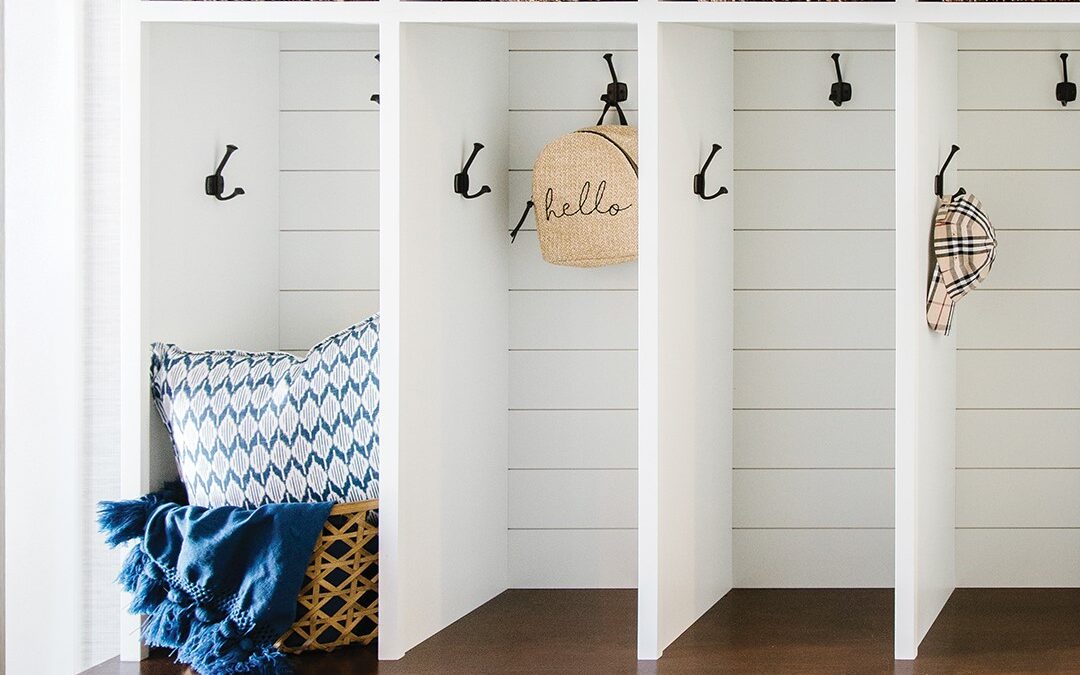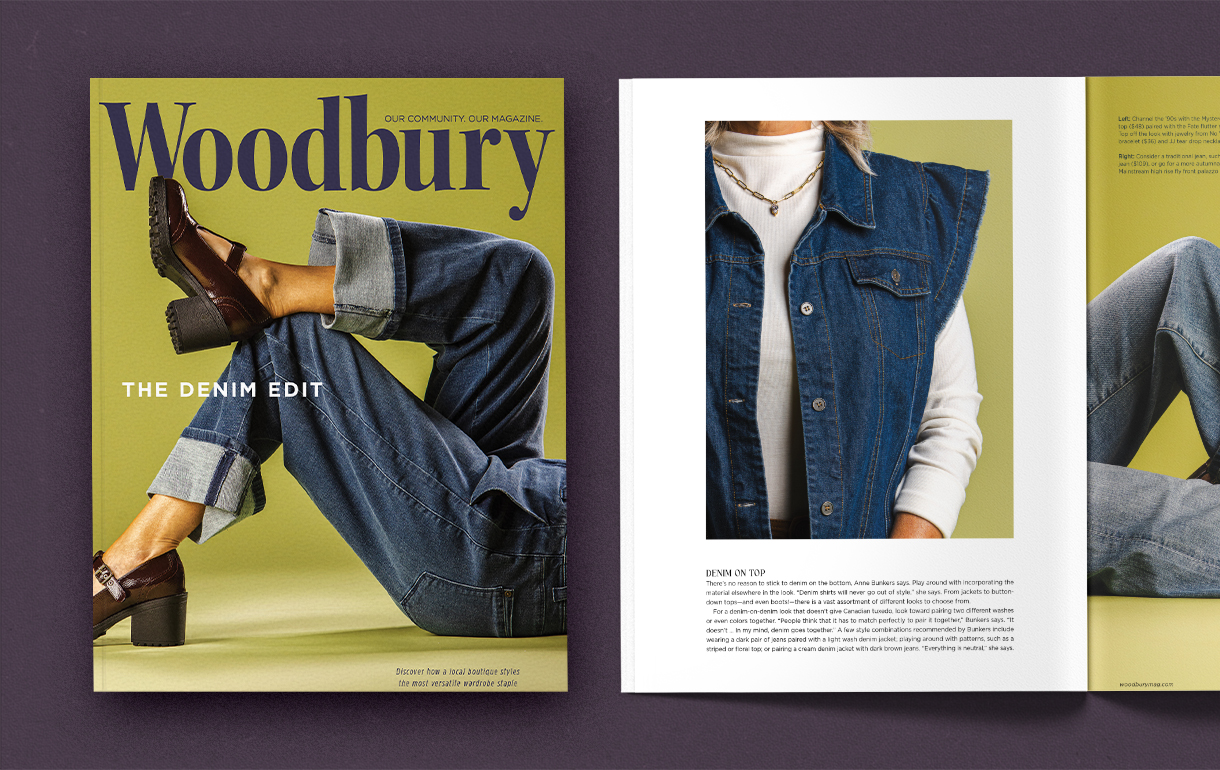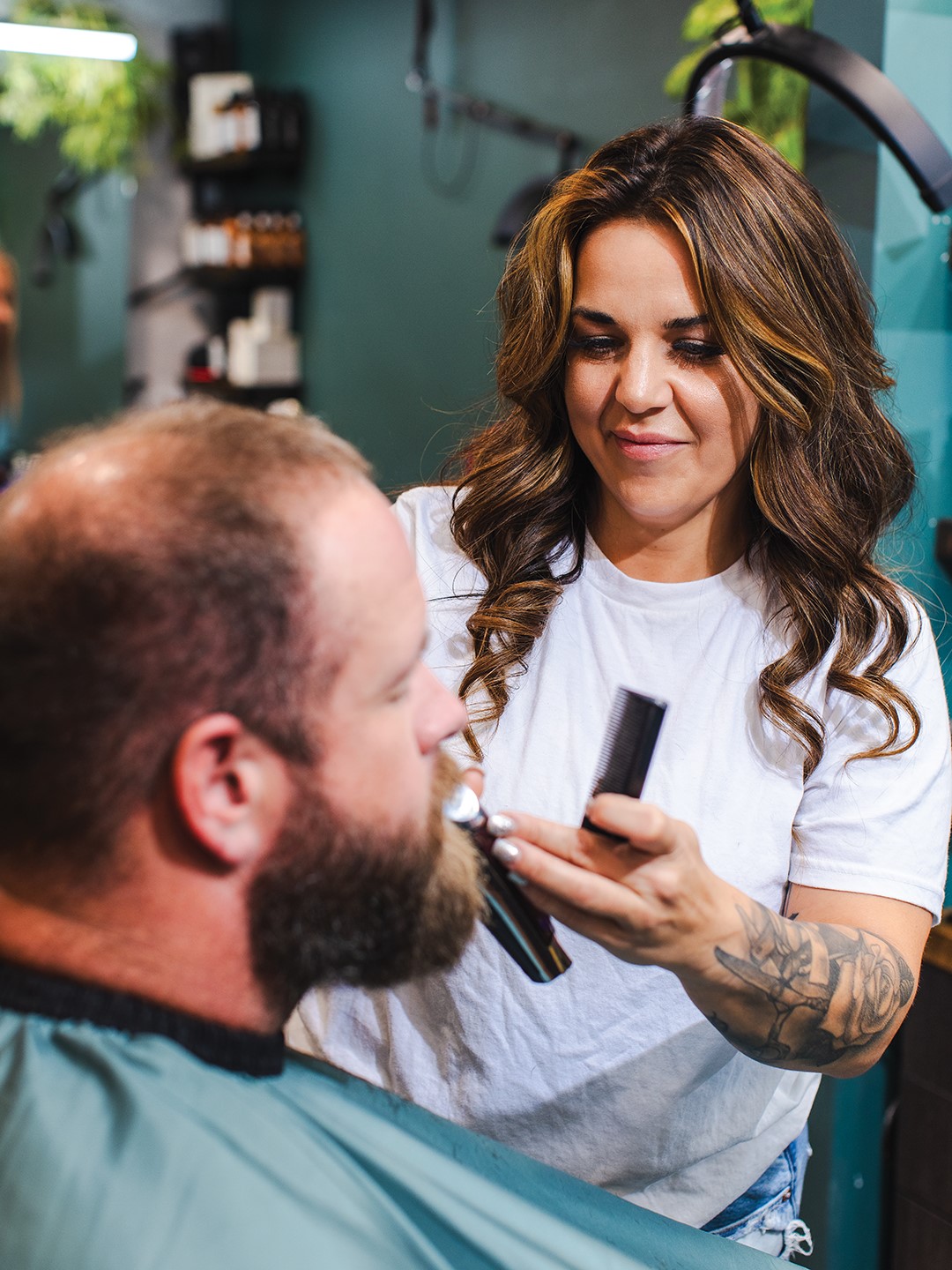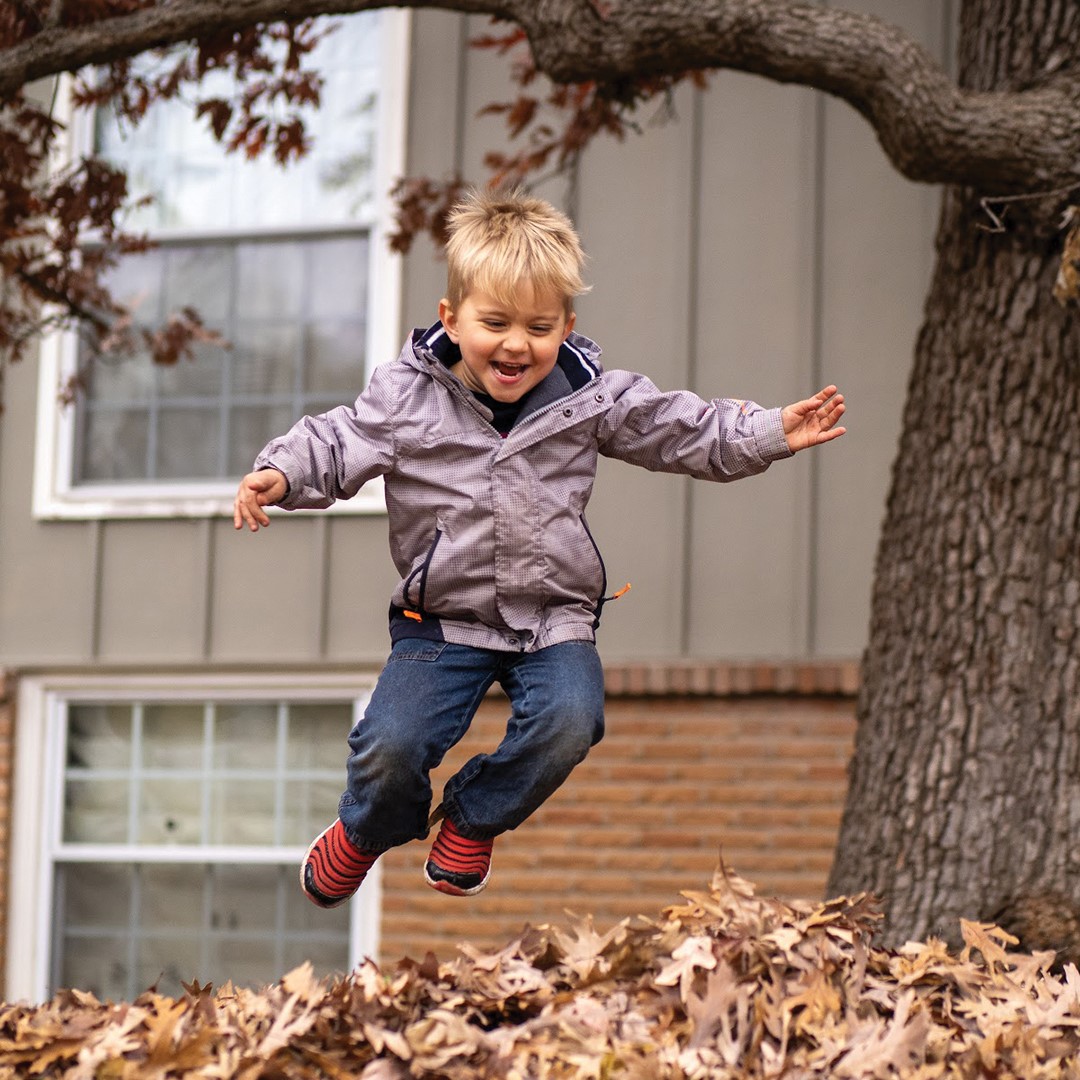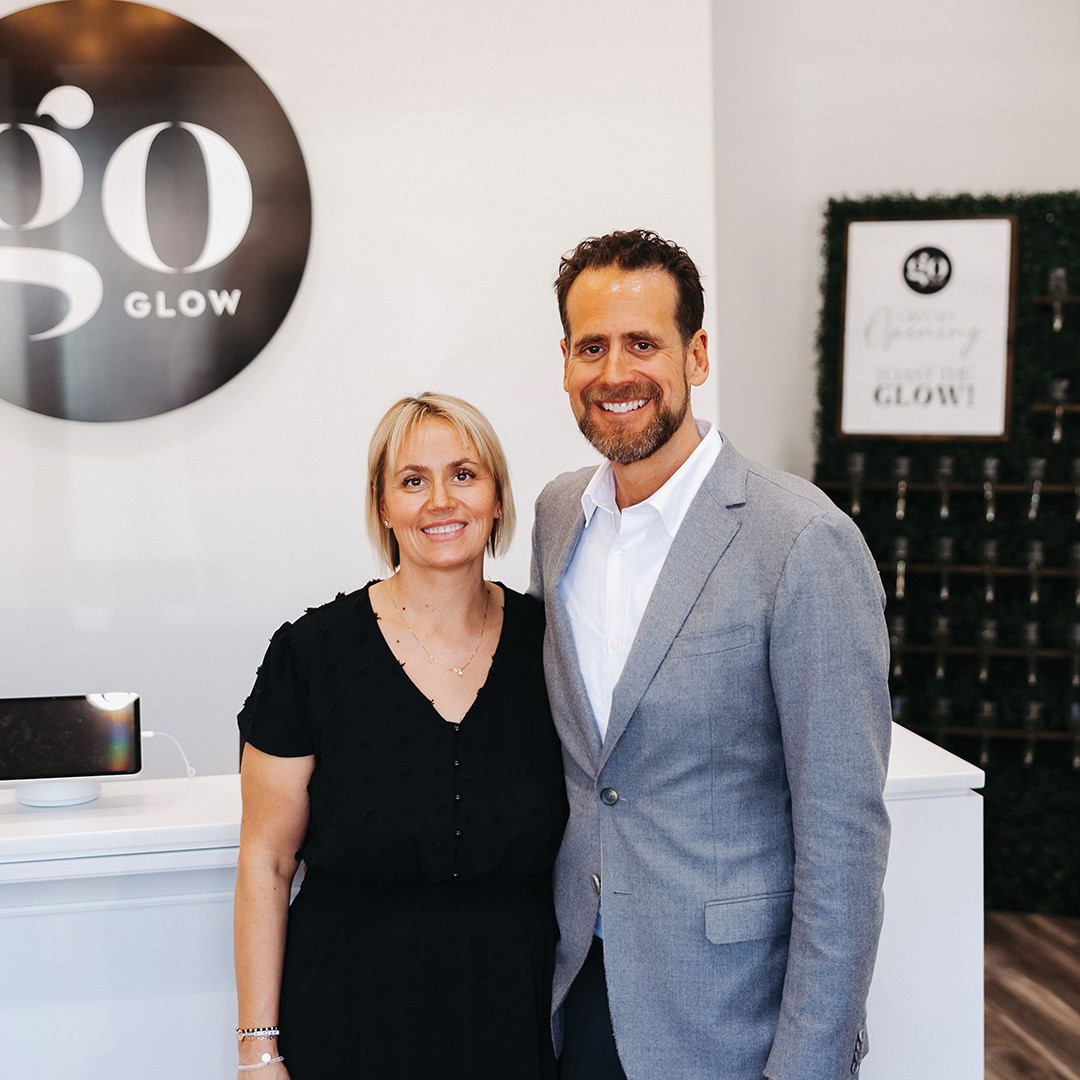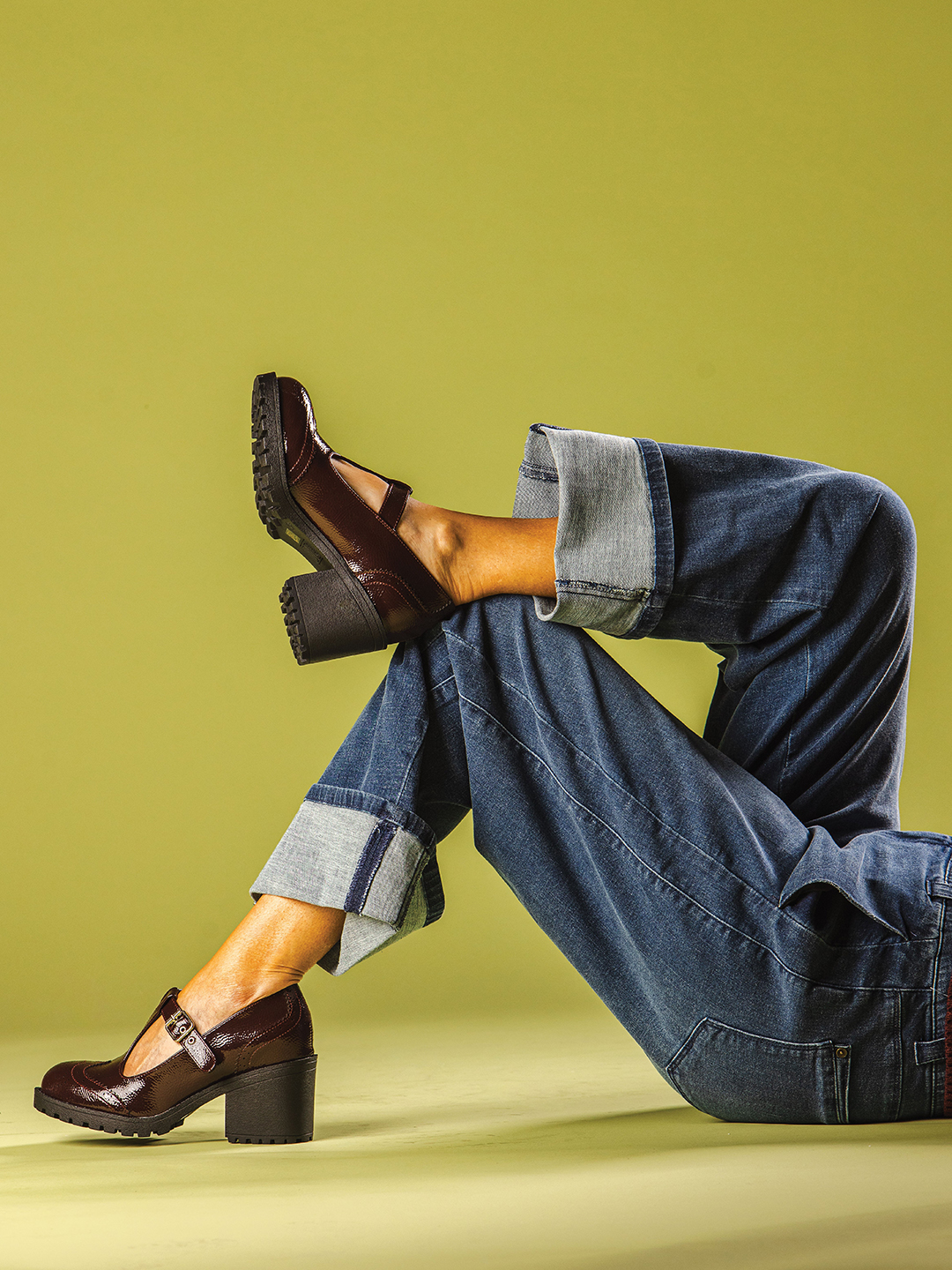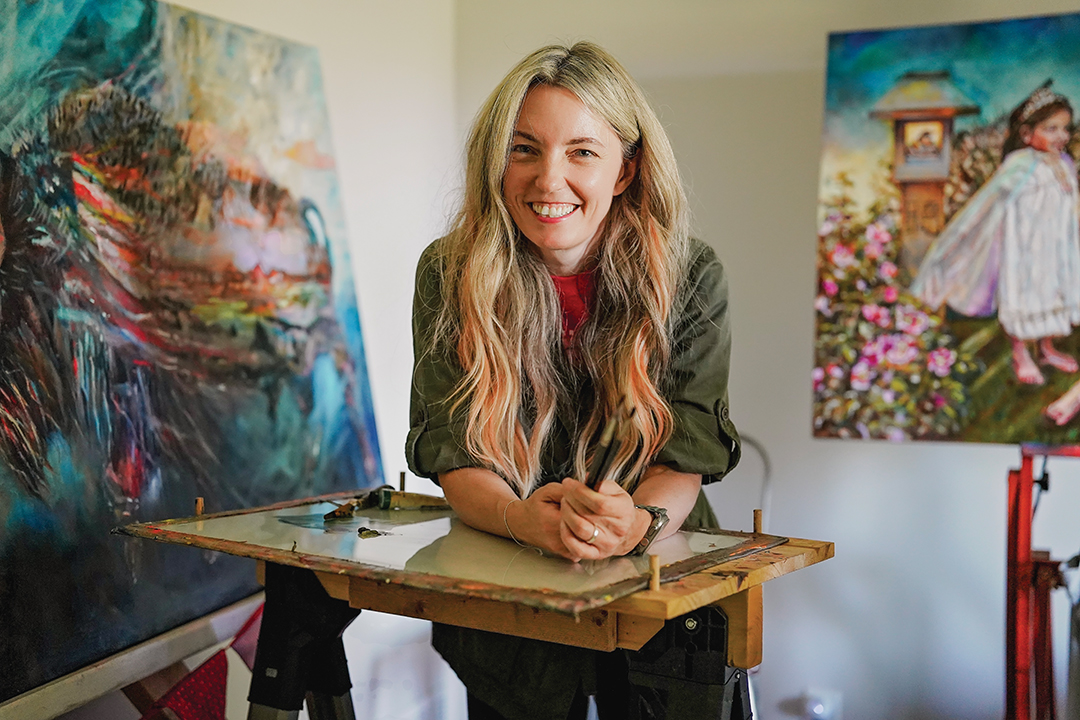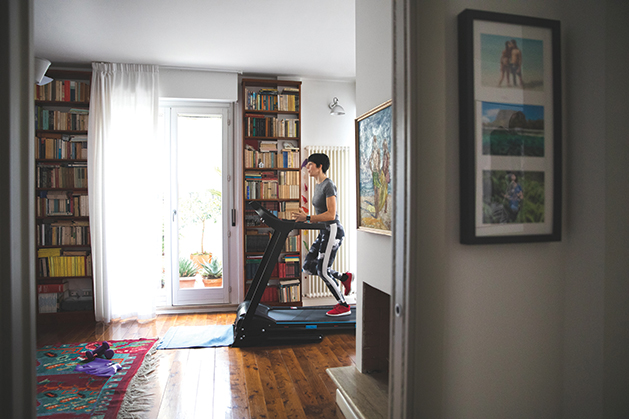
iStock/LeoPatrizi
Experts weigh in on in-person, virtual and at-home exercise options.
Establishing or renewing fitness goals is characteristic of our collective optimism when entering a new year. Clean slates and fresh starts are often exactly what’s needed to inspire movement toward improved health and wellness. But, unlike past years, many may be wondering how exactly to go about achieving fitness goals while still navigating our “new normal.” So, we interviewed a local expert about innovative ways you can get plugged in and fired up about getting fit.
It’s been nearly a year since the novel coronavirus first caused local gyms to temporarily shutter. During the early months of 2020, when Minnesotans were under a shelter in place order, local YMCAs pivoted toward offering childcare for essential workers, becoming the largest childcare provider in the state. But YMCA staffers never stopped providing wellness information and fitness initiatives for the broader community. Virtual fitness has been, and continues to be, available through live and on-demand programming like Y-At-Home, YMCA 360, YouTube and Facebook Live. Families can participate together, and distance learning students can even obtain physical education credit.
Senior director of communications and marketing Joan Schimml says the Y’s virtual offerings are not just for exercise but also include resources for things like meditation and overall wellbeing. “People can even access our YouTube videos for cooking demonstrations from a teaching kitchen and learn things like how to make a healthy smoothie,” says Schimml.
Schimml says, “People have been making [fitness related] decisions based on safety, but we want to ensure that people also focus on finding time to take care of themselves.” Thus, the many virtual options will remain a prominent resource so people can still do all the things they’ve always enjoyed at home.
Fitness should be a part of everybody’s everyday life and Schimml notes that financial assistance is available for much of the YMCA’s offerings so that even when budgets are tight, everyone has access to fitness and mental health resources.
Shifting part of your fitness budget toward more at home workouts in the new year? We asked the YMCA’s senior director of health and wellbeing Jennifer Menk to provide her expertise on specific types of popular exercise equipment.
Treadmill:
“These are generally used for cardiovascular health,” says Menk. “A heavy incline or speed circuits could provide additional benefits, but [treadmills] do not do much for strength and flexibility. Maybe if you incorporated a virtual stretch or yoga flow class afterward,” you’d get a more well-rounded workout regimen.
Peloton:
“These are interesting because when you add loaded resistance … you can develop a muscular workout with a heavier load. But compliance at home to add that load is less likely without encouragement from an instructor you really like and who meets your style. If you enjoy the experience, you’re more likely to stick with it …” says Menk. Also, cycling doesn’t help with flexibility, so an added virtual stretching course would be ideal.
Elliptical:
Menk likes this home workout equipment option best since it’s done while standing. “We sit too much. And biking has us leaning over much like we do in the car or at our desks. This is a good option for improving posture and can be challenging but is still easy on the joints and it also provides some variety,” Menk says.
At home exercise ideas:
Walks are always a good idea.
Get outside if you can.
Never underestimate the value of stretching and yoga.
Practice functional fitness:
Go from standing to sitting often or go from sitting on the floor to standing for more of a challenge.
Look as far as you can over both shoulders.
Take off your shoes to wiggle and stretch your toes.
Tips for staying motivated to exercise at home:
Lay out your workout clothes the night before.
Have a dedicated space to workout.
Essential oils, candles or music can help get you in the mood.
Tips for venturing into the gym:
Go and check it out without necessarily taking a class or working out. Have your gym bag ready, but there’s no need to commit. First, see if you feel comfortable in the space. Is there clear safety related signage? Is the equipment adequately spaced? Can the staff answer your questions and help you feel at ease? Once you commit, don’t talk yourself out of it. It’s 2021 and everything is going to be better, including your commitment to yourself and your health.



